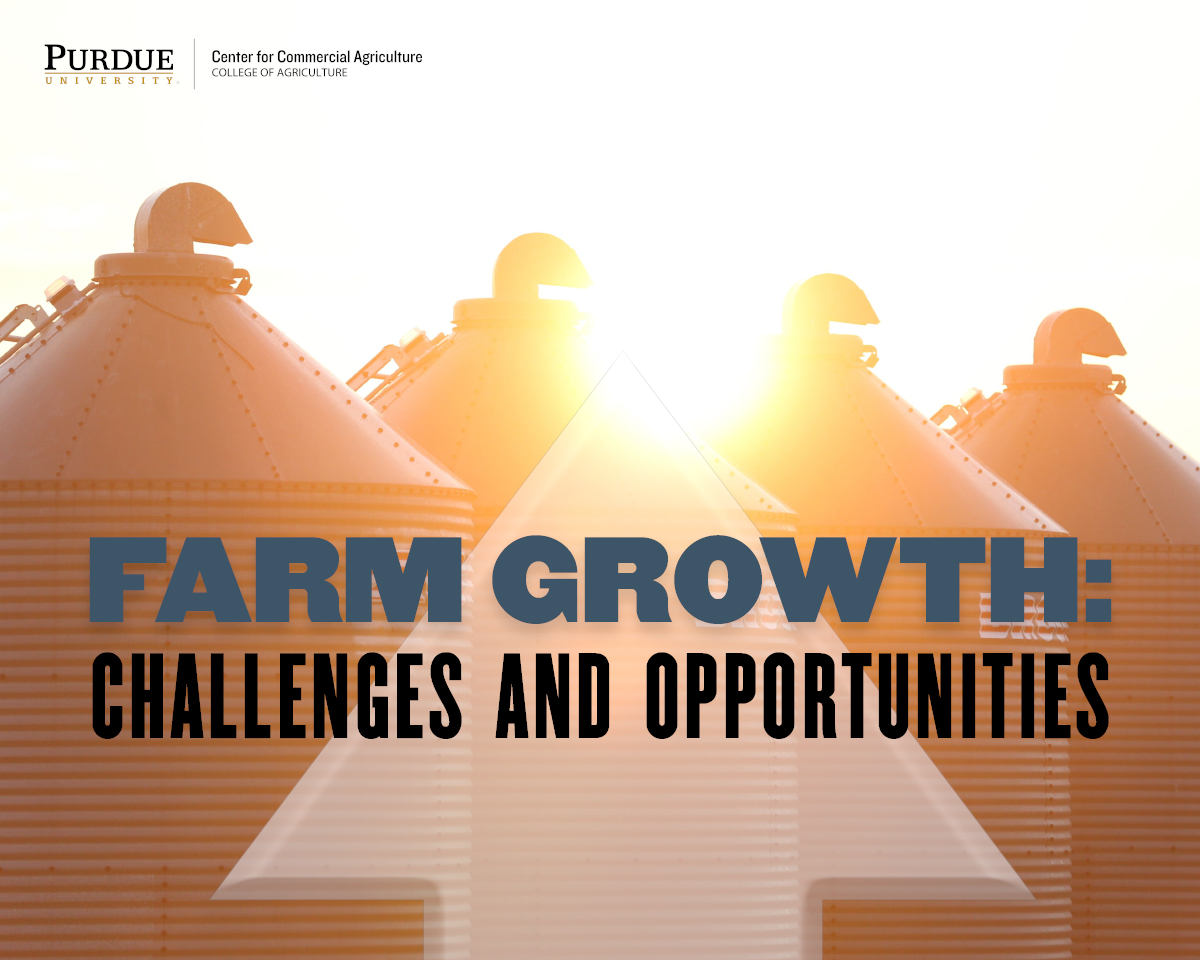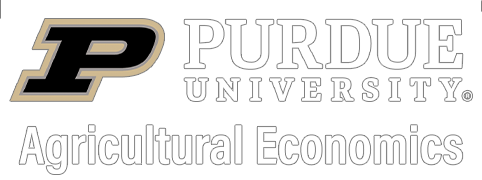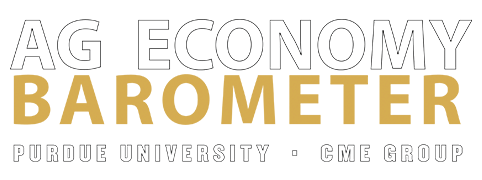May 8, 2018
Farm Growth: Challenges and Opportunities
by Michael Langemeier and Michael Boehlje
Farm size and growth are often discussed in the context of economies of size. Previous research suggests that the average cost curve in production agriculture is downward sloping or at a minimum L-shaped (Langemeier, 2013). Thus, in general, larger businesses have lower costs of production. Other motivations for farm growth include to provide opportunities to more fully employ the skill sets of managers, to add family members to the operation, and to receive better prices on inputs and products sold. In fact, farm growth is a “natural phenomena”, in part because successful farm businesses have earnings that they must deploy, and using these earnings to expand the farm business is a logical choice.
Today’s environment in which risk and uncertainty are dominant forces may seem like an odd time to think about farm growth. Risk is perceived by many individuals to be something that is “bad”. However, entrepreneurs and business owners realize that without some risk and uncertainty, there is likely to not be much return or reward. Also, it is important to note that risk and uncertainty have both an upside and a downside (Boehlje, 2015). The key management challenge is to mitigate downside risk and try to capture the upside associated with risk.
This article discusses ten questions that should be addressed when examining the challenges and opportunities associated with farm growth. Future articles (listed at the bottom of this page) will delve into some of these questions in more detail.
Why Grow?
There are numerous reasons why a farm may want to grow including the following: reduce costs, improve profit margins, improve asset utilization, bring in new family members, invest retained earnings, and more fully utilize the skills of key managers. Before growing, it is essential for an operation to think about their strategic direction. Is the operation interested in a commodity based strategy or a differentiated product strategy? A commodity product strategy focuses on cost control. In contrast, a differentiated product strategy focuses on value-added production or receiving an above average price for the farm’s products. As an operation continues to think about growth, how growth impacts strategic direction needs to be addressed.
ARTICLES WITHIN PUBLICATION:

Final Comments
Growth enables farm businesses to increase revenue and earnings, take advantage of economies of size, and to more fully utilize the skills of current and future employees. This article briefly discussed ten questions that should be examined when thinking about farm growth. Future articles will elaborate on several of these ten questions.
References
Boehlje, M. “Farm Growth: Venture Analysis and Business Models.” Center for Commercial Agriculture, Purdue University, January 2013.
Boehlje, M. “Managing in Turbulent Times: Positioning to Capture the Upside, Buffer the Downside.” Center for Commercial Agriculture, Purdue University, June 2015.
Boehlje, M., C. Dobbins, and A. Miller. “Are Your Farm Business Management Skills Ready for the 21st Century?” Center for Commercial Agriculture, Purdue University, August 2000.
Langemeier, M.R. “Measuring Economies of Size with Expense Ratios.” Journal of the American Society of Farm Managers and Rural Appraisers. 76(2013):222-235.
Langemeier, M. “Identification of Unique Resources.” Center for Commercial Agriculture, Purdue University, June 2016.
TAGS:
TEAM LINKS:
RELATED RESOURCES
Margaret Lippsmeyer, Michael Langemeier, James Mintert, and Nathan Thompson segment U.S. farms by farm resilience, management practices, and producer sentiment. This paper was presented at the Southern Agricultural Economics Meeting in Atlanta, Georgia in February.
READ MOREUPCOMING EVENTS
We are taking a short break, but please plan to join us at one of our future programs that is a little farther in the future.





